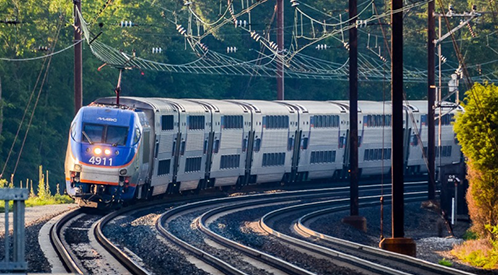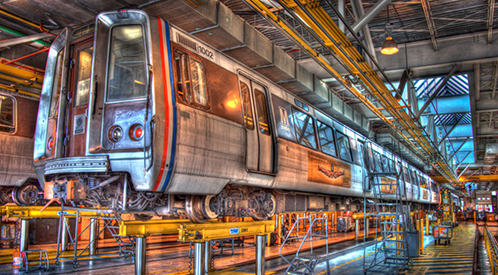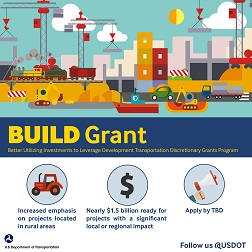On November 22, 2016, FTA announced the opportunity for nonprofit organizations to apply for funding to conduct research, demonstrations, testing, and evaluation of zero emission and related technology for public transportation applications. The deadline for applications is February 21, 2017. Questions? See our ZERO Program FAQs.
Overview
Since 2008, FTA has provided more than $150 million to support the research, development and deployment of cleaner, more efficient public transit vehicles. FTA's Low and No Emission (Low-No) Vehicle Deployment Program has proven the interest of transit agencies to procure and operate innovative and efficient models, including battery electric and hydrogen fuel cell buses. The purpose of ZERO is to support the industry as it examines the potential of larger fleets and improved vehicles.
In implementing ZERO, FTA will use a cooperative research model similar to FTA’s successful National Fuel Cell Bus Program. Under this model, research and demonstration projects are defined and conducted by pre-selected non-profit consortia that, under FTA direction, assemble and manage project teams. Teams, comprised of transit agencies, vendors, suppliers, and others, will introduce an enhanced level of research management, program continuity, and flexibility to federally funded transit research. Through ZERO, FTA seeks to create a research environment that results in greater industry involvement and more innovative and successful projects.
FTA intends to enter into cooperative agreements with up to three nonprofit consortia. Eligibility for future ZERO funding opportunities in fiscal years 2017-2020 will be limited to those nonprofit consortia selected under the initial fiscal year 2017 notice. Potential research partners such as transit agencies, other nonprofits, vendors, suppliers and systems integrators may work with multiple consortia.
Objective
FTA’s objective for ZERO is to work with the public transportation industry to solve challenges, increase efficiency, and reduce the costs and risks of deploying zero-emission vehicles in transit service.
Eligible Activities
Eligible activities and projects include research, innovation and development, demonstration, deployment, and evaluation. These areas are defined under 49 U.S.C. Section 5312(c), (d), and (e). Projects will build on successful research, innovation, and development to facilitate the deployment of low- or no-emission vehicles, zero-emission vehicles, or associated advanced technology.
Eligible Recipients
Eligible applicants and recipients under this program are limited to nonprofit organizations leading a consortium of entities. All consortia must include at least one provider of public transportation. The following entities may be part of a consortium:
- Departments, agencies, and instrumentalities of the Federal Government, including federal laboratories;
- State and local governmental entities;
- Providers of public transportation;
- Private or nonprofit organizations;
- Institutions of higher education; and
- Technical and community colleges.
If future funding becomes available, the selected nonprofit organization(s) will have the opportunity to compete for future project funding for the duration of the FAST Act authorization – through fiscal year 2020.
Statutory References
49 U.S.C. 5312
Allocation of Funding
$2.75 million initially. Additional funding may be provided in FY17-FY20, subject to appropriations and FTA discretion.
Match
Local match (or share) is required. FTA share may not exceed 80 percent of project costs.



 U.S. DOT’s Better Utilizing Investments to Leverage Development (BUILD) Transportation Discretionary Grants program funds investments in transportation infrastructure, including transit. BUILD Transportation grants replace the Transportation Investment Generating Economic Recovery (TIGER) grant program. Learn more about
U.S. DOT’s Better Utilizing Investments to Leverage Development (BUILD) Transportation Discretionary Grants program funds investments in transportation infrastructure, including transit. BUILD Transportation grants replace the Transportation Investment Generating Economic Recovery (TIGER) grant program. Learn more about